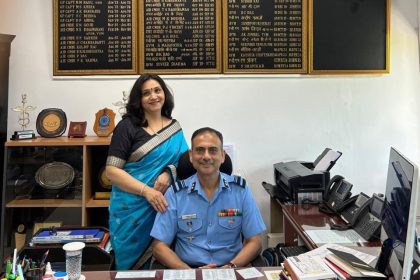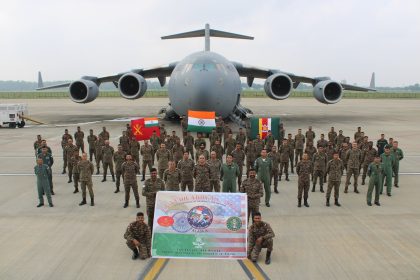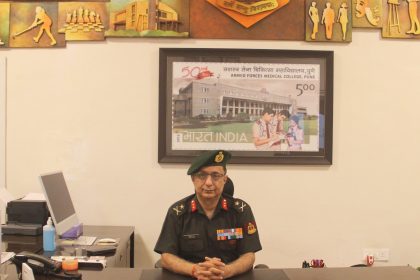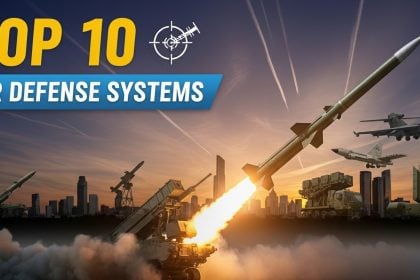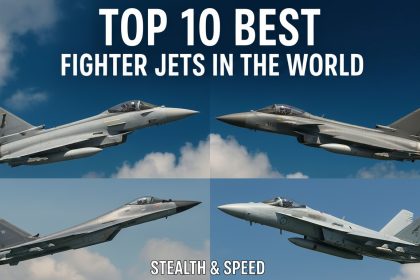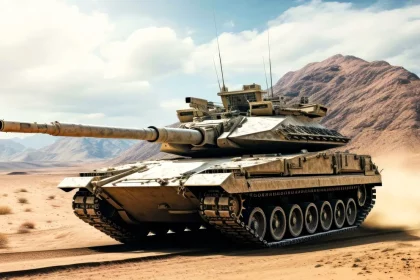Air Vice Marshal Arijit Sen Appointed Principal Medical Officer of Eastern Air Command
AFMC Alumnus and Onco-Pathology Expert to Lead Medical Readiness in the Eastern Theatre.
Indian Army Contingent Departs for India–US Joint Exercise Yudh Abhyas 2025 in Alaska
Madras Regiment troops join US Army in Alaska for high-altitude, multi-domain warfare training.
Major General Atul Seth Takes Charge as Dean and Deputy Commadant of Armed Forces Medical College, Pune
Armed Forces Medical College Enters Next Phase Under Maj Gen Seth’s Leadership.
10 Best Air Defense Systems in the World 2025
They serve not only as deterrents but also as vital components in the strategic calculus of international peace and stability.
10 Best Fighter Jets in the World 2025
The best fighter jets in the world represent the epitome of aerial warfare.
10 Best Tanks in the World 2025
The best tanks in the world represent the pinnacle of armored warfare technology.

